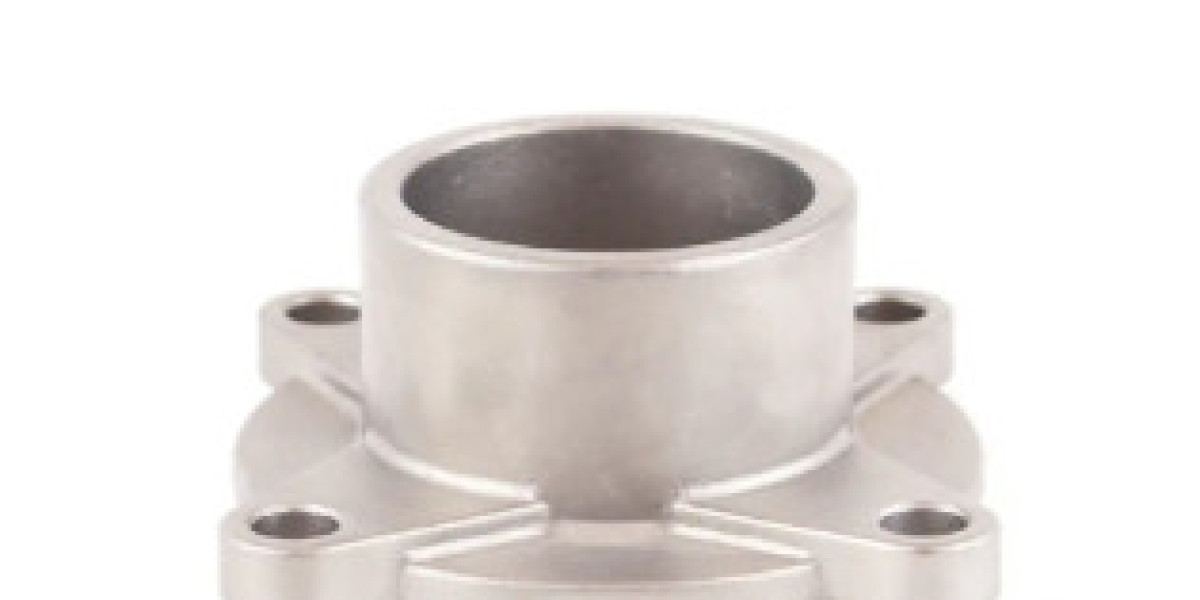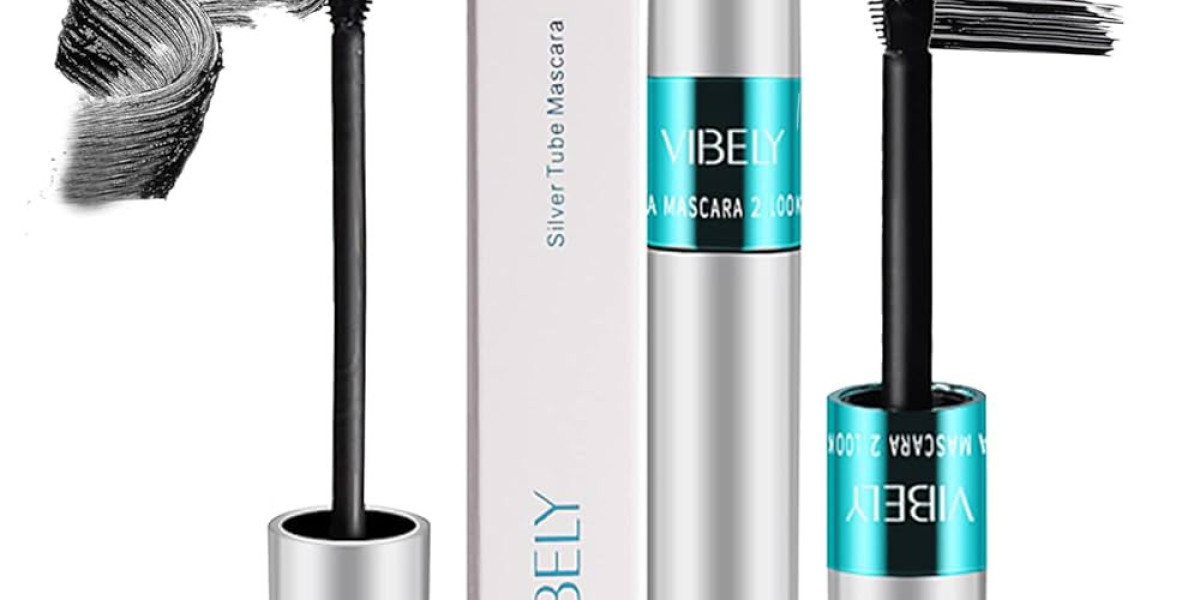When selecting a valve for a fluid control system, two of the most common types are ball valves and butterfly valves. While both are designed to regulate the flow of fluids, they differ in their structure, operation, and ideal applications. Understanding the differences between these two types of valves can help ensure the right choice for your system's needs.
Ball valves are characterized by a spherical ball with a hole in the center that rotates to control the flow of liquid or gas. Their quarter-turn operation allows for quick opening and closing, making them ideal for applications where fast shut-off is necessary. Additionally, ball valves offer excellent sealing capabilities, providing a tight seal even under high-pressure conditions. This makes them suitable for industries such as oil and gas, where preventing leaks is critical.
Butterfly valves, on the other hand, use a rotating disc or vane to regulate the flow of fluid. When the valve is opened, the disc is rotated away from the flow path, allowing the fluid to pass through. Butterfly valves are often used in larger pipelines, where space constraints or the need for lightweight construction make ball valves impractical. While they are less expensive and lighter than ball valves, butterfly valves may not provide as tight of a seal, especially under high-pressure conditions.
One key difference between ball valves and butterfly valves is the cost. Ball valves tend to be more expensive due to their precise design and manufacturing process, especially when they are made with high-quality materials such as stainless steel. Butterfly valves are more economical, making them a popular choice for larger, less critical applications.
In terms of maintenance, ball valves generally require less maintenance and have a longer operational life. Butterfly valves, while still durable, may require more frequent maintenance to ensure their sealing capability and proper function over time.
In conclusion, both ball valves and butterfly valves serve important roles in fluid control systems. Ball valves are ideal for applications requiring tight sealing and fast operation, while butterfly valves are a more cost-effective option for larger systems with less stringent sealing needs. The choice between the two depends on the specific requirements of the system, including pressure, flow rate, and space limitations.








